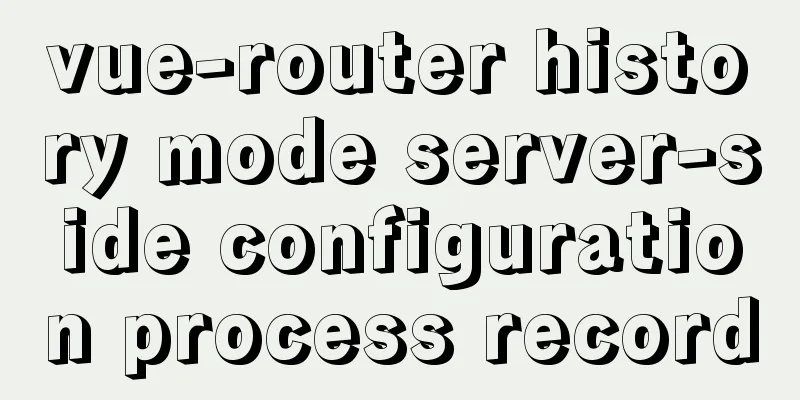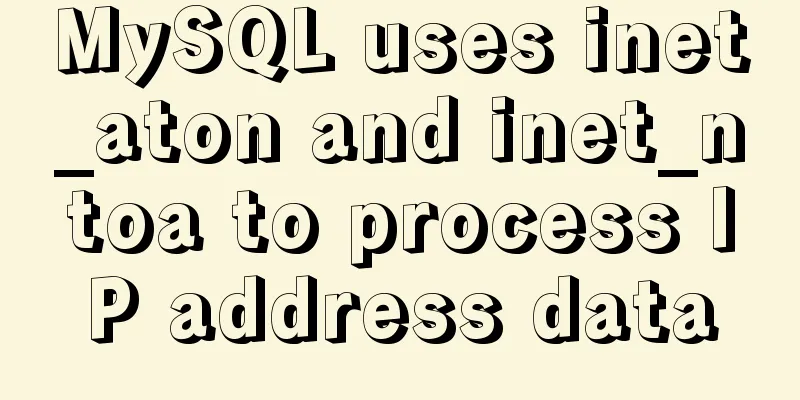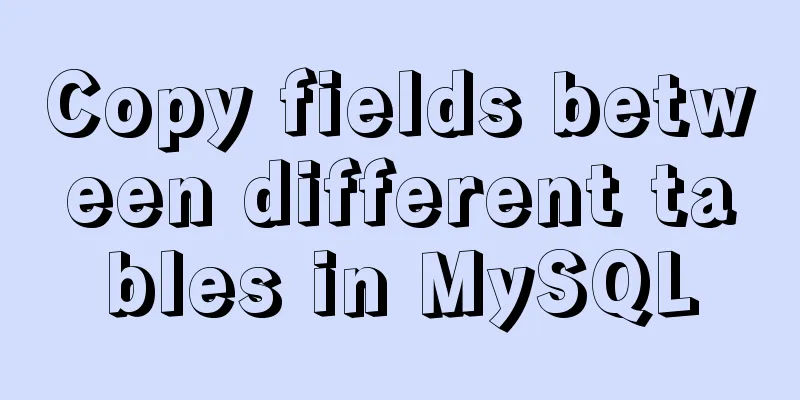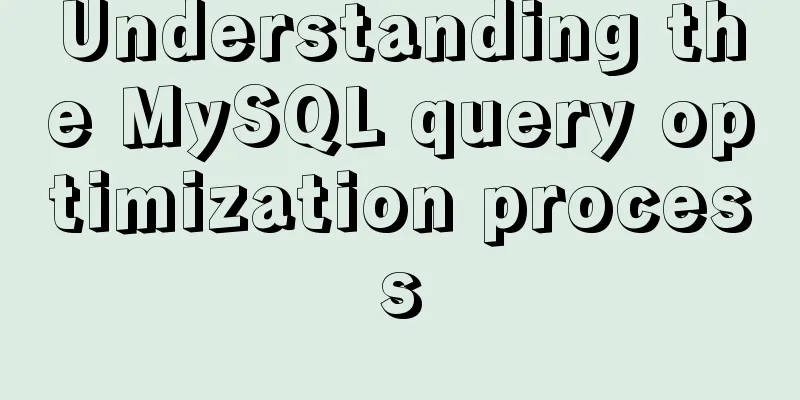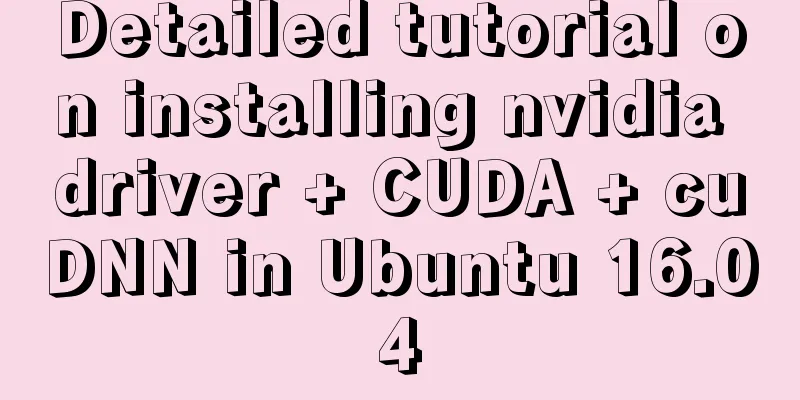Detailed explanation of the usage of common Linux commands (Part 2) ———— Text editor commands vi/vim
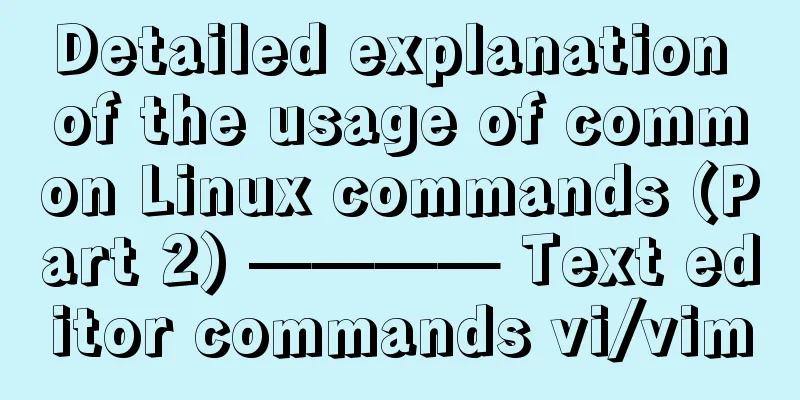
|
Introduction to vi/vim They are both multi-mode editors. The difference is that vim is an upgraded version of vi. It is not only compatible with all vi commands, but also has some new features. 1. The difference between vi and vim: After entering the general command mode, when you press any letter such as (i, I, o, O, a, A, r, R), you will enter the editing mode. You can now edit the text. In the general command mode, input any of the three keys (:/?) to enter the command mode. In this mode, you can read, save, replace a large number of characters, exit vi, display line numbers, etc.
2. vi/vim can basically be divided into three modes, namely [general command mode], [editing mode] and [instruction line command mode]. 【General command mode】: Opening a file with vi directly enters the general command mode (that is, the default mode). In this mode, you can move the cursor, delete characters or entire columns to manage file contents, and use copy and paste to process files. 【Edit Mode】: After entering the general command mode, when you press any letter such as (i, I, o, O, a, A, r, R), you will enter the editing mode. You can now edit the text. 【Command line mode】: In the general command mode, input any of the three keys (:/?) to enter the command mode. In this mode, you can read, save, replace a large number of characters, exit vi, display line numbers, etc. 3. The conversion between them can be simply represented by the following figure
introduce
4. Various parameters and their functions 1>, General command mode
Search and Replace:
Delete Copy and Paste
2>, General command mode switches to edit command mode Enter insert or replace edit mode
3>、General command mode switch command line command mode Instructions such as save and exit in command queue mode
The above is the editor's introduction to the usage of common Linux commands (Part 2) - Detailed explanation and integration of text editor commands vi/vim. I hope it will be helpful to everyone. If you have any questions, please leave me a message and the editor will reply to you in time. I would also like to thank everyone for their support of the 123WORDPRESS.COM website! You may also be interested in:
|
>>: How to install mysql on centos and set up remote access
Recommend
Detailed explanation of the fish school algorithm in CocosCreator game
Preface I recently wanted to learn CocosCreator, ...
WeChat applet realizes left-right linkage
This article shares the specific code for WeChat ...
Detailed explanation of nginx optimization in high concurrency scenarios
In daily operation and maintenance work, nginx se...
A brief analysis of Vue's asynchronous update of DOM
Table of contents The principle of Vue asynchrono...
A bug fix for Tomcat's automatic shutdown
Preface Recently, a Java EE web project that has ...
Problems encountered when uploading images using axios in Vue
Table of contents What is FormData? A practical e...
How to configure nginx to return text or json
Sometimes when requesting certain interfaces, you...
Div can input content without using input as an input box to block the automatic input style
Today I designed a dynamic window style for publis...
Native JavaScript to implement random roll call table
This article example shares the specific code of ...
CSS3 timeline animation
Achieve results html <h2>CSS3 Timeline</...
How to add default time to a field in MySQL
Date type differences and uses MySQL has five dat...
Use native js to simulate the scrolling effect of live bullet screen
Table of contents 1. Basic principles 2. Specific...
IE6 BUG and fix is a preventive strategy
Original article: Ultimate IE6 Cheatsheet: How To...
Brief analysis of the various versions of mysql.data.dll driver
Here is the mysql driver mysql.data.dll Notice: T...
Two ways to clear table data in MySQL and their differences
There are two ways to delete data in MySQL: Trunc...












